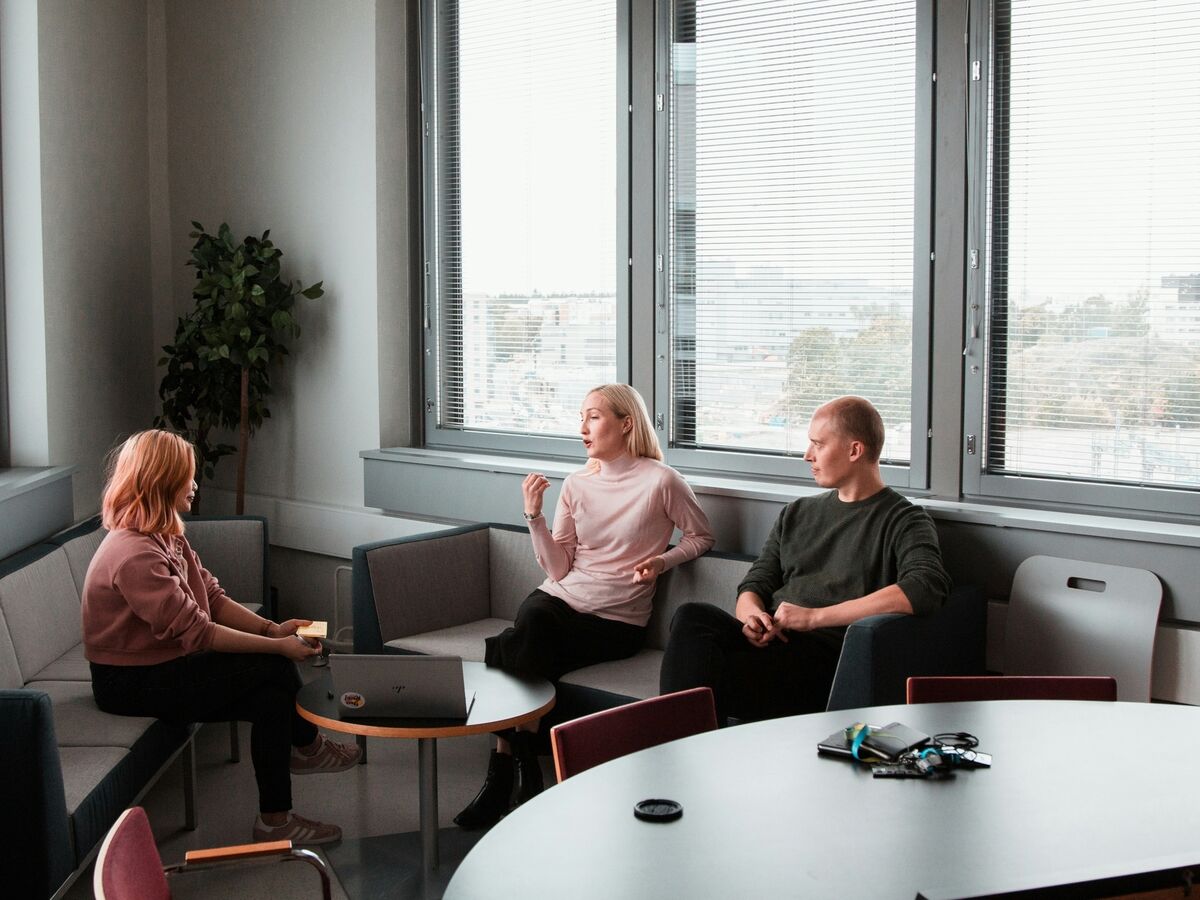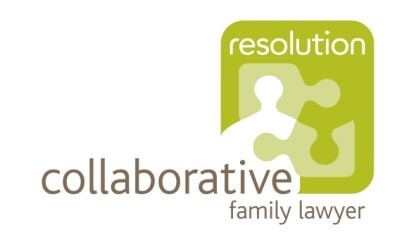Our experienced team of family lawyers can help you navigate your separation in the way that best suits you and your family.
Collaborative law is an alternative approach for couples going through separation or divorce.
Collaborative law offers a non-adversarial approach to resolving family disputes, particularly divorce. Unlike traditional litigation, where parties often find themselves in contentious courtroom battles, collaborative law emphasises cooperation, open communication and allows couples to have more control over the outcome of their separation.









